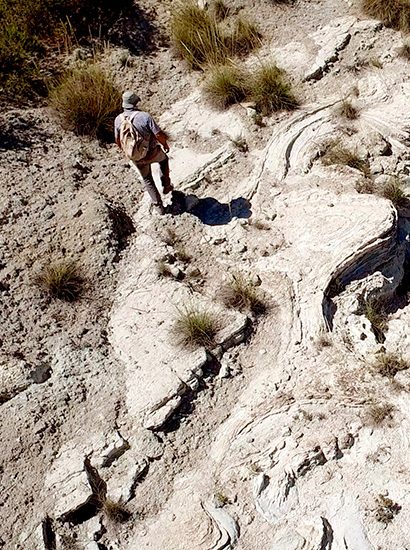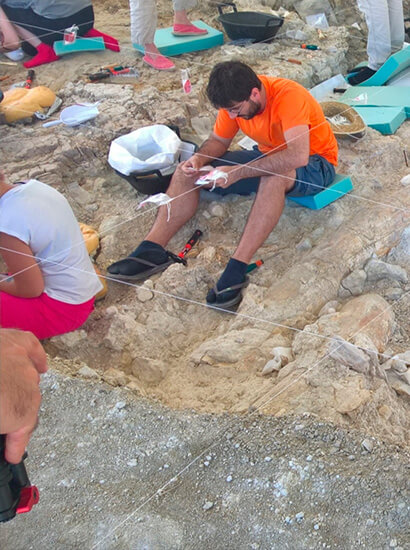
Research and knowledge
Scientific research on the territory of the Granada Geopark dates back to the first half of the eighteenth century. The first geological study on the territory was written by Leo Siegert[C12] (1905) and its title was “The Guadix-Baza Basin”. But it was from the 1970s that research on the territory intensified, due to the discovery of some paleontological deposits of fossil macrovertebrates covering the whole Lower Pleistocene period. In these deposits the oldest human fossil remains in Western Europe have appeared. Apart from paleontology, the geological issues that have received the most intensive treatment are those related to stratigraphy and sedimentology, although in the last decade many researchers and scientific publications have addressed the geomorphology and tectonics of the territory.
The area of the Granada Geopark currently arouses great interest among the international scientific community, stimulated by the various features and peculiarities related to the Quaternary period (powerful successions of endorheic continental sediments, active faults, active folds, macrovertebrate paleontological deposits, etc.).
The territory of the Granada Geopark is an area of great interest for geological research and an exceptional natural laboratory for some specific fields of current interest within Earth Sciences, related to the evolution of the climate during the geological period we are living in: the Quaternary.
One of the Granada Geopark’s commitments is to transfer the knowledge obtained from over 150 years of research to the understanding and welfare of the population living in the territory to raise awareness for the protection of this natural legacy.
Sites of Geological Interest

